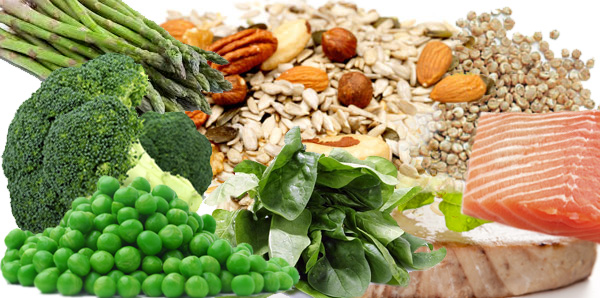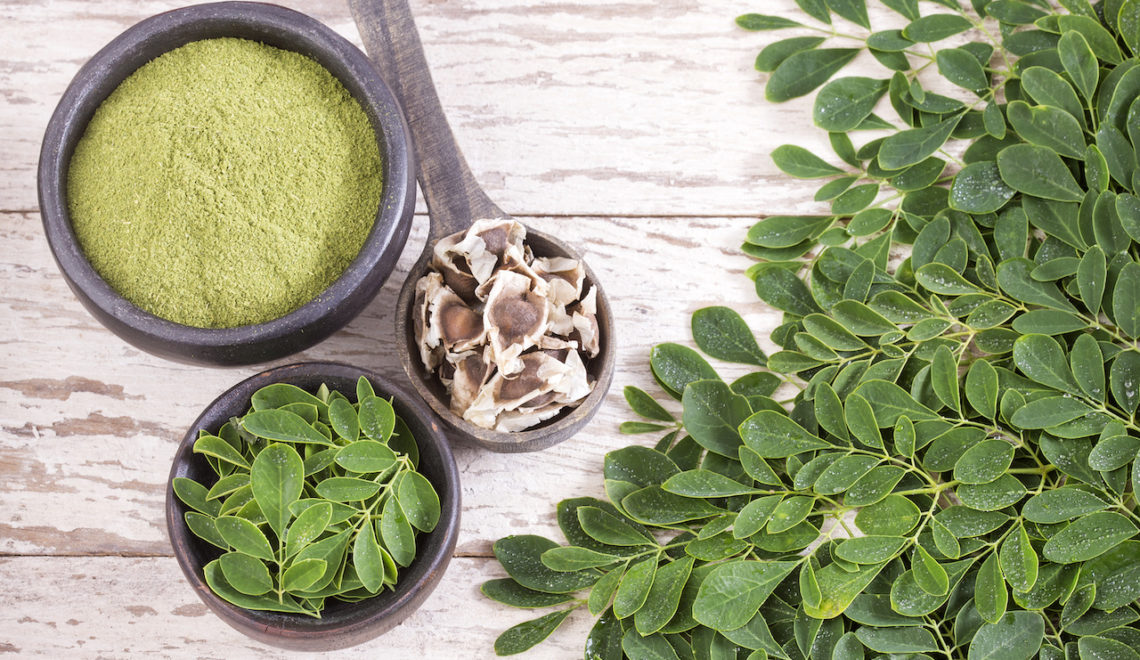
In the typical American diet, protein has become the centerpiece macronutrient for the meals that we consume. Whether it’s a steak paired with mashed potatoes, a cheeseburger with a side of fries, or a healthier option of lean fish with coleslaw; many people seem to overlook the fact that protein can come from sources other than meat and other animal products.
The Importance of Protein
For starters, it’s important to note that there are three key macronutrients that make up our food. These key macronutrients being fats, carbohydrates, and protein. Protein serves to restore muscle, build and repair skin tissue, along with developing intracellular membranes that work behind the scenes to make our bodies function on the microscopic level. Taking a closer look, proteins themselves are made up of amino acids. There are roughly 500 amino acids that have been discovered. Our bodies require 20 particular amino acids every day. 11 of these 20 amino acids are able to be synthesized by our bodies. These are referred to as “non-essential amino acids”, as we do not need to obtain them from our diet. On the contrast, the remaining 9 amino acids must be acquired through diet. These 9 amino acids are referred to as “essential amino acids”
Complementary Proteins to Complete Your Diet
So how does someone go about acquiring these 9 essential amino acids? One thing that we must first acknowledge is that proteins come in different forms. There are two sources of protein; complete and incomplete. Complete proteins provide all 9 of the essential amino acids. Incomplete proteins are lacking one or more of the essential amino acids. Complete proteins are found in meat, poultry, fish and animal products, such as eggs, yogurt, and cheese. Incomplete proteins would be found in plant-based foods, such as grains, beans, legumes, nuts, and tofu.
One of the coolest things about food is that we’re able to combine two incomplete proteins, to make a complementary protein. Complementary proteins are the result of combining multiple incomplete protein foods in order to provide the benefits of a complete protein. Black beans with rice, peanut butter on whole wheat tortillas or a spinach salad topped with almonds are examples of complementary protein sources.
So why would someone want to incorporate complementary plant proteins, instead of just using complete proteins? By enjoying a balanced intake of complete and complementary incomplete proteins we subject ourselves to a variety of health benefits.
Benefits
- Plant-based foods that are rich in protein tend to have lower levels of cholesterol, saturated fat and sodium than their meaty protein comrades. Swapping out that cheeseburger, with a black bean burger on a whole wheat bun can provide the same equivalent of protein intake while simultaneously providing a more dense nutrient profile.
- Vegetables and grains have high quantities of fiber. Fiber is key for keeping us full and assist in developing regularity of our digestive tract. Complete proteins are lacking in this necessary structural component.
- Plant proteins carry tons of vitamins, minerals, and antioxidants that support our bodies inside and out. These nutrients may be absent or lacking in some complete protein sources.
Ways to Incorporate Plant Proteins
The Starbucks Switch-Up
The same Starbucks muffin every day for breakfast can become a bit of a drag. For something new, try overnight oatmeal. Take a fruity alternative by combining your favorite berries, honey, chia seeds and a sprinkle of Pure Moringa Vegetable Powder with oatmeal and milk. If this still doesn’t fix your morning sweet tooth opt for a more decadent pairing of peanut butter, carob chips, and walnuts.
The Salad  Swap
Swap
Instead of the same old chicken salad, swap in some grains. Top your bed of greens with garbanzo beans, lima beans, and quinoa. This packs a hearty protein punch plus plenty of fiber to keep you full throughout the day.
Meatless Mondays
Stuck in a rut with the usual weeknight dinner? Try a little variation and make taco night meatless. Trade white tortillas for whole wheat or corn tortillas, ground beef for spicy tofu, and sour cream for creamy gauca mole. The change will bring some welcomed spice to your weekday.









